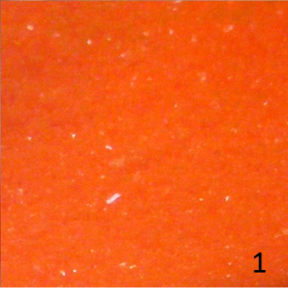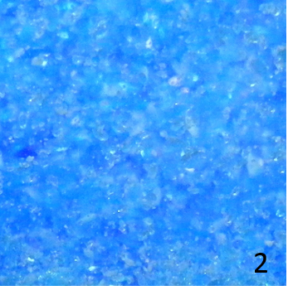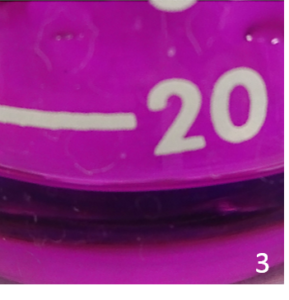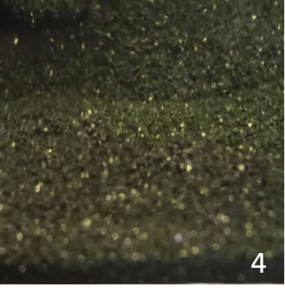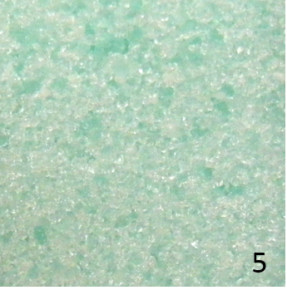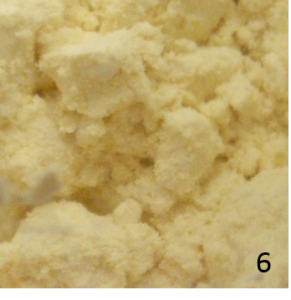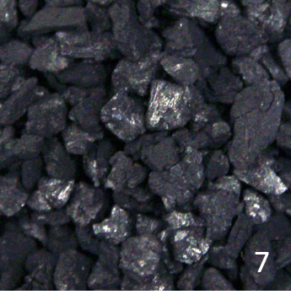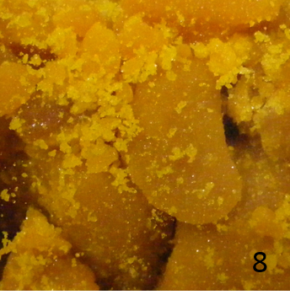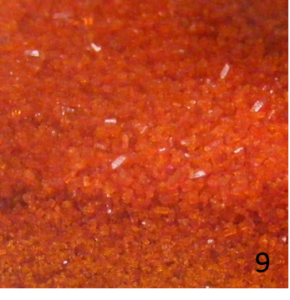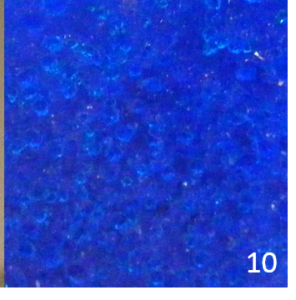Celebrating National Color Day 2018 with Chemistry
October 19, 2018
While most of our chemical portfolio falls into a pristine world of white solids and clear liquids, we do have a good sampling of colorful chemical materials breaking up the monotony now and again at Columbus Chemical Industries.
Here we share some of our boldest hues in observation of National Color Day, celebrated this Monday October 22. Are you able to identify them by their close up?
A special thanks to our talented chemist and photographer, Martin, for sharing his photo (seen above): “Transition Metal Rainbow” from his Flickr portfolio!
- Potassium Dichromate – This oxidizer is employed in many photosensitive applications, often in combination with acids, where layers of material are selectively chemically hardened. The undeveloped areas are then able to be washed away to leave negative space.
- Cupric Sulfate – This common analytical reagent also has a use that is near-and-dear to our founder’s heart: fireworks! Cupric sulfate is one of the options used to create blue colored pyrotechnics.
- Potassium Permanganate Solution – If its in our portfolio and it can be put into solution, there a good chance we have done just that. CCI supplies a wide a wide variety of chemical dilutions and multi-component formulations on a regular basis, though most aren’t as visually intriguing as the potassium permanganate blend.
- Surprise! It’s Potassium Permanganate again! While displaying a brilliant purple in solution, the crystalline form of potassium permanganate is so dark it appears almost black with an iridescent shimmer. Potassium permanganate is an oxidizer and serves use in analytics and technological applications.
- Ferrous Sulfate – Not just another common analytical reagent in the list (though the ACS grade Ferrous Sulfate is extremely useful too!), Ferrous Sulfate meeting USP grade criteria is also used in medical applications, such as preparing treatments for iron deficiency.
- Sulfur – The use of sulfur in medical applications dates back centuries, and to this day it is still a widely used material in pharmaceutical and personal care products. In skin care, sulfur based formulations have received increased visibility in recent years as demand for products made with natural materials is steadily rising.
- Activated Charcoal – Another product in recent years with increased visibility in the skin care market is charcoal. Natural and effective, active charcoal is used in internal and external treatments for its ability to bond with many molecules considered impurities or toxins, a bit like a chemical sponge!
- Ferric Chloride – Shown here in its lump form, Ferric Chloride has a wide array of uses, from water treatment to the etching stages of printed circuit board manufacturing.
- Potassium Ferricyanide – Another popular analytical reagent, Potassium Ferricyanide is also known by the name ‘Red Prussiate’, and there is no mistaking why!
- Cupric Nitrate – Our second copper compound on the list, Cupric Nitrate is not as common as the Cupric Sulfate in pyrotechnics use, but does have a vast array of industrial uses, ranging from textile treatments to metal surface finishing and electroplating.
We hope you have enjoyed our look into these colorful chemicals this National Color Day 2018!



